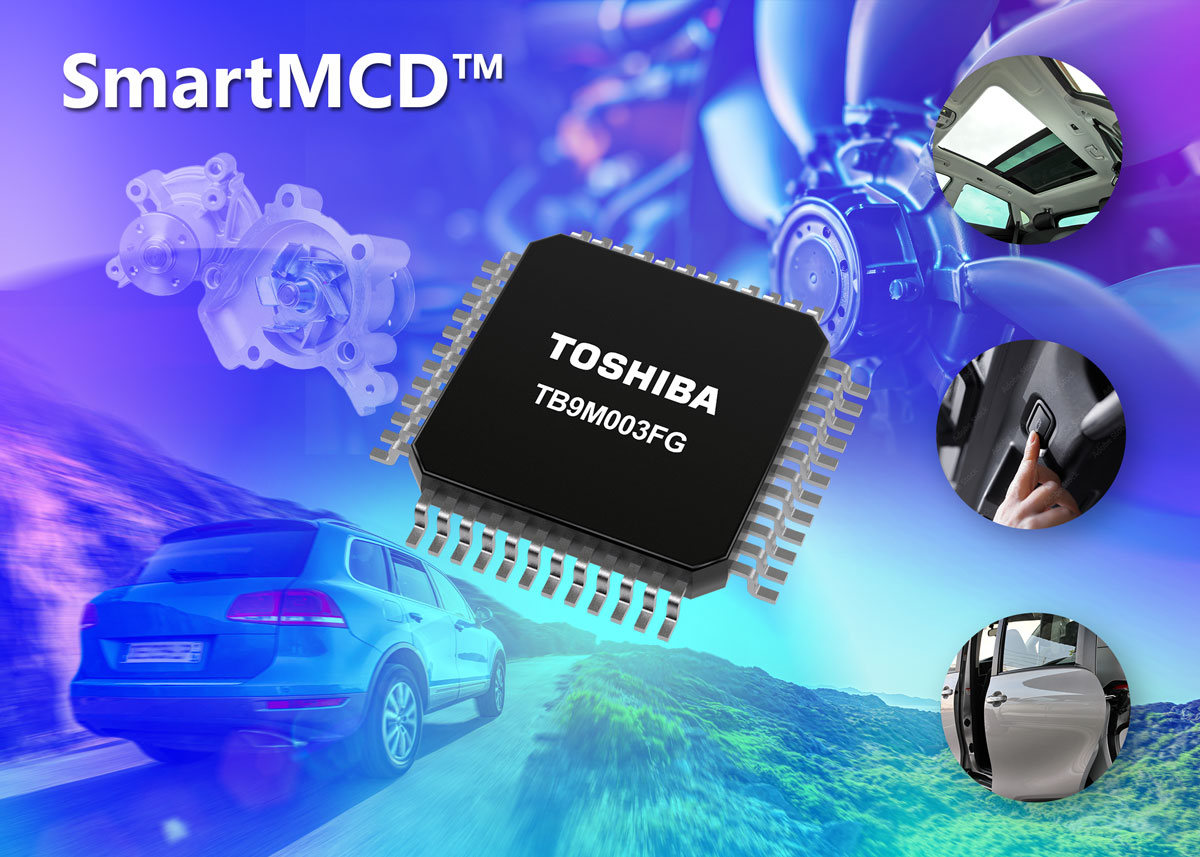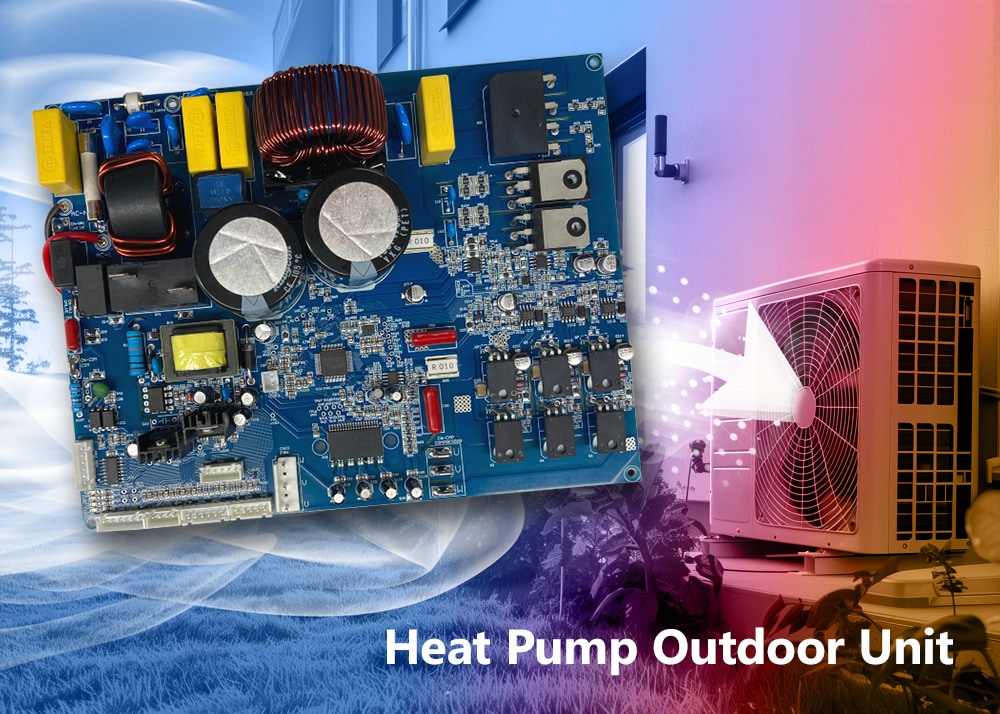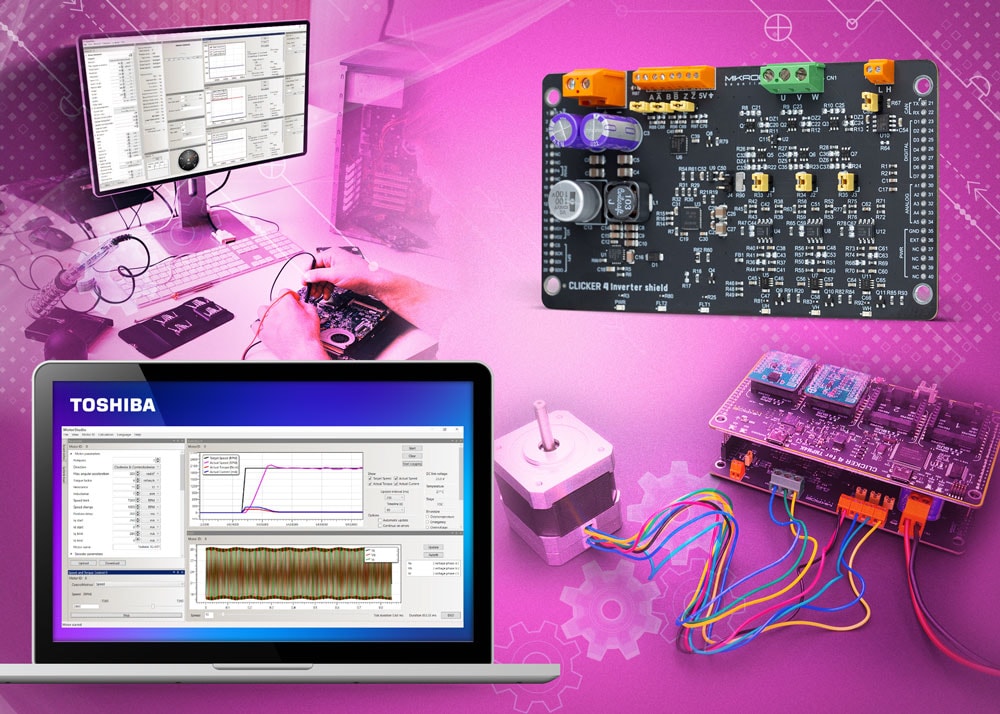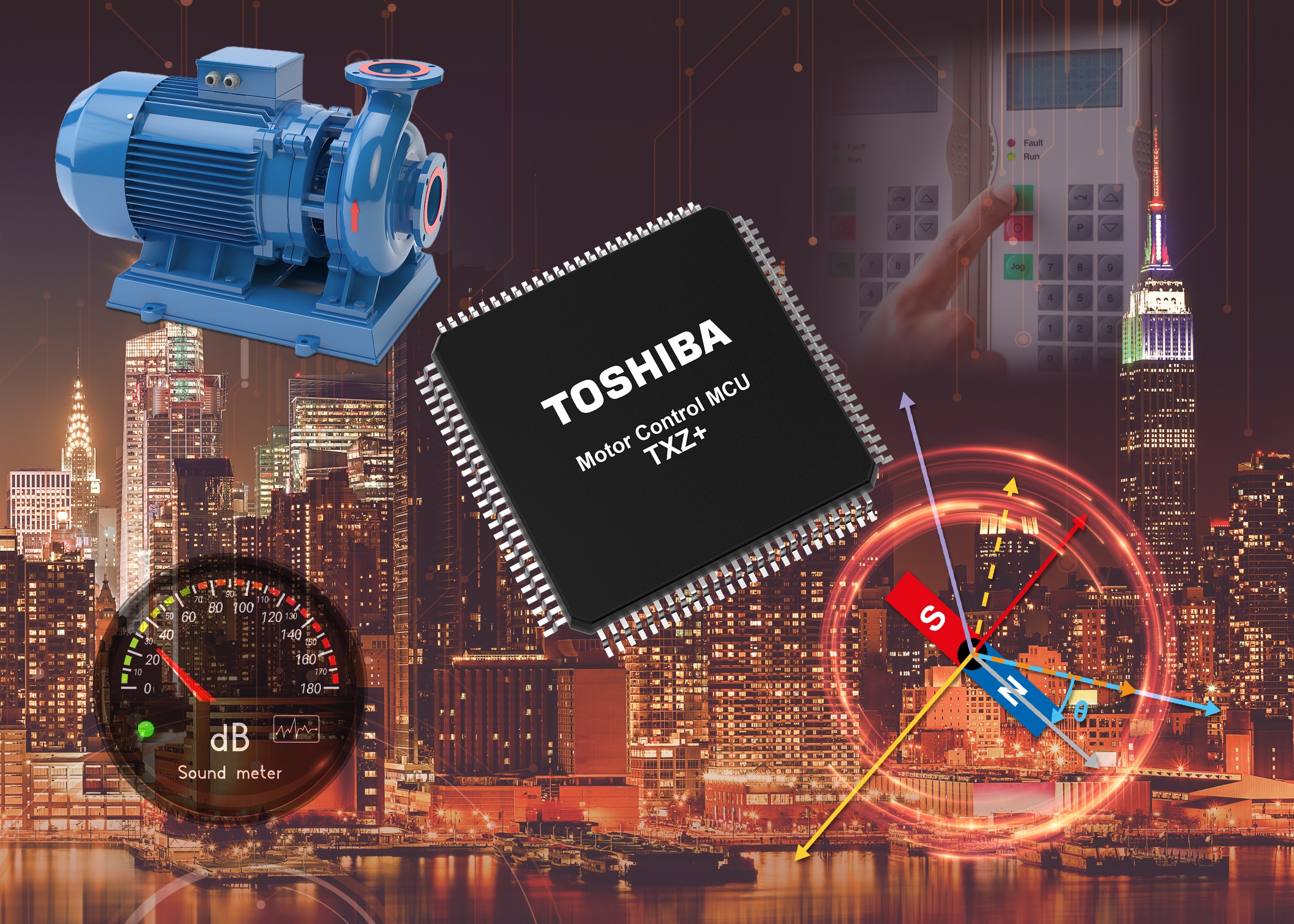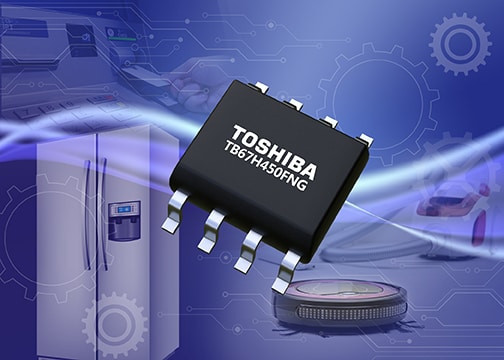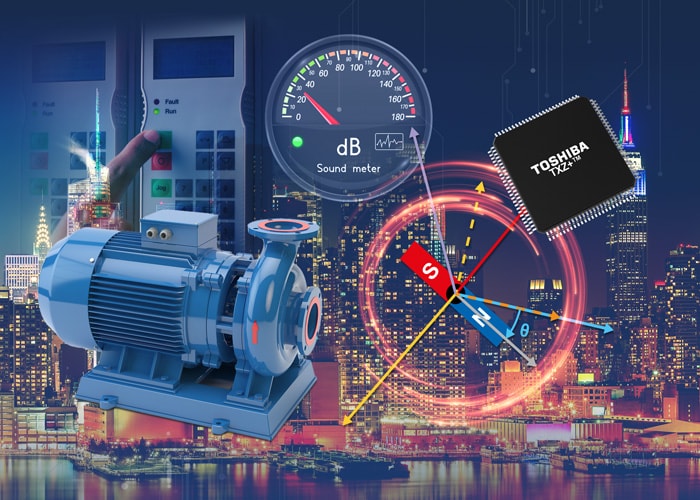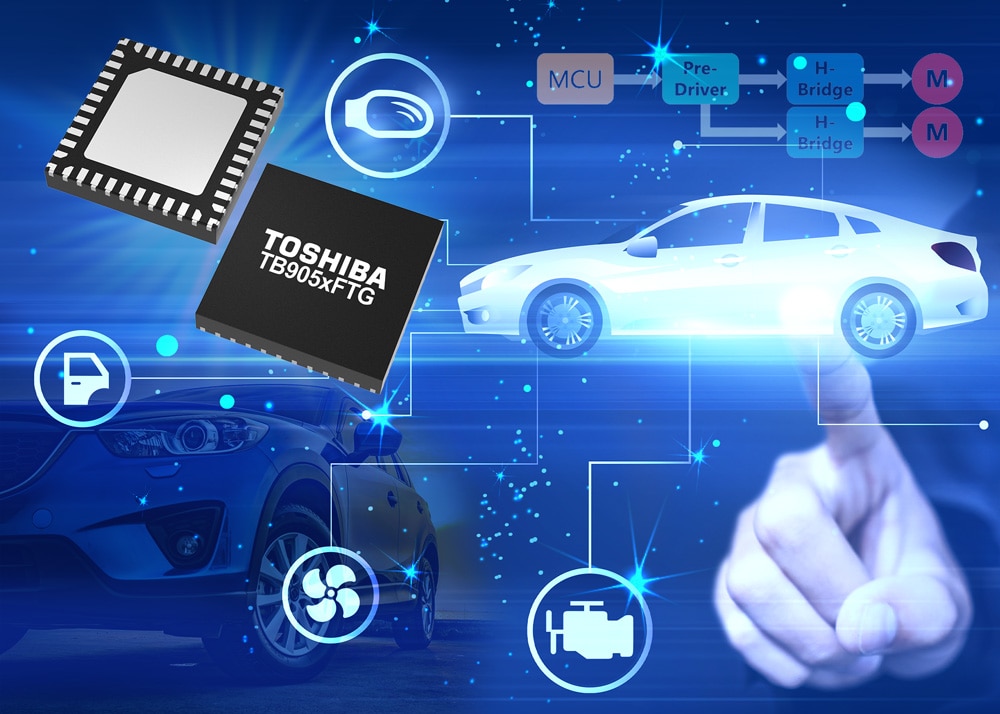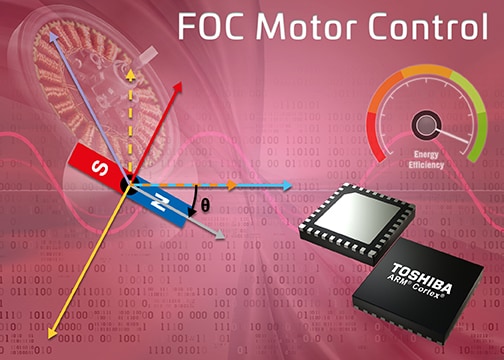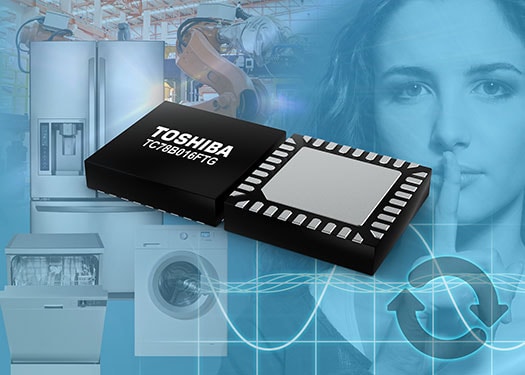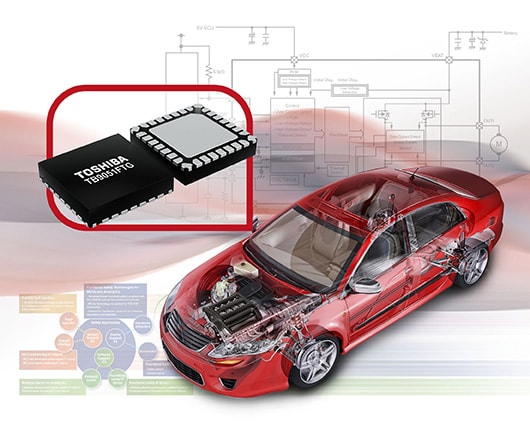- General Top
- SEMICONDUCTOR
- STORAGE
- COMPANY
-
My ToshibaSemicon
- Semiconductor Top
-
ApplicationsAutomotive
Body Electronics
xEV
In-Vehicle Infotainment
Advanced Driver-Assistance Systems (ADAS)
Chassis
IndustrialInfrastructure
BEMS/HEMS
Factory Automation
Commercial Equipment
Consumer/PersonalIoT Equipment
Healthcare
Wearable Device
Mobile
Computer Peripherals
-
ProductsAutomotive Devices
Discrete Semiconductor
Diodes
Transistors
Logic ICs
Analog Devices
Digital Devices
Wireless Devices
※
: Products list (parametric search)
Power SemiconductorsSiC Power Devices
※
: Products list (parametric search)
Isolators/Solid State RelaysPhotocouplers
Digital Isolators
Solid State Relays
Fiber Optic Transmitting Modules
※
: Products list (parametric search)
MOSFETsIGBTs/IEGTsBipolar Transistors※
: Products list (parametric search)
Diodes※
: Products list (parametric search)
MicrocontrollersMotor Driver ICsIntelligent Power ICs※
: Products list (parametric search)
Power Management ICsLinear ICs※
: Products list (parametric search)
General Purpose Logic ICsLinear Image SensorsOther Product ICsOther Product ICs
※
: Products list (parametric search)
-
Design & Development
Design & Development
Innovation Centre
At the Toshiba Innovation Centre we constantly strive to inspire you with our technologies and solutions. Discover how to place us at the heart of your innovations.
-
Knowledge
Knowledge
Highlighted Topics
Further Materials
Other
- Where To Buy
- Part Number & Keyword Search
- Cross Reference Search
- Parametric Search
- Stock Check & Purchase
This webpage doesn't work with Internet Explorer. Please use the latest version of Google Chrome, Microsoft Edge, Mozilla Firefox or Safari.
require 3 characters or more. Search for multiple part numbers fromhere.
The information presented in this cross reference is based on TOSHIBA's selection criteria and should be treated as a suggestion only. Please carefully review the latest versions of all relevant information on the TOSHIBA products, including without limitation data sheets and validate all operating parameters of the TOSHIBA products to ensure that the suggested TOSHIBA products are truly compatible with your design and application.Please note that this cross reference is based on TOSHIBA's estimate of compatibility with other manufacturers' products, based on other manufacturers' published data, at the time the data was collected.TOSHIBA is not responsible for any incorrect or incomplete information. Information is subject to change at any time without notice.
require 3 characters or more.
Complying with IEC 60730 in motor control applications

With the continual push toward ever more efficient household appliances, engineers have benefited from the energy savings that brushless motors provide. This has, however, added an extra layer of complexity. Implementation of sinusoidal commutation for Field-Oriented Control (FOC) often demands the use of a microcontroller that can implement both the motor control as well as executing other elements of the application with a single device.
Sinusoidal commutation typically leverages the mathematics of Clarke and Park transforms, performing 3-phase to 2-phase conversions, calculating rotating coordinate conversion, and implementing space vector modulation. In addition to executing these algorithms, motor currents must be measured using an analog-to-digital converter (ADC), and new output signals must be generated using pulse-width-modulated (PWM) timers. In a pure software implementation, this places a significant load on a processor.
This can make it especially challenging to implement the tests required of IEC 60730 (White Goods Safety Standard). For comprehensive compliance, control equipment needs to monitor software flow, interrupt handling, communication through I/O ports and the functionality of memory. If the processor is continuously occupied by the real-time demands of the motor control implementation, it becomes increasingly difficult to execute the necessary safety tests.
One approach to simplifying this complexity is by implementing the complex control mathematics in a dedicated hardware peripheral, an approach taken in the TXZ family of Arm® Cortex® based MCUs. Its Vector Engine (VE) not only implements the Park-Clarke transformations required for motor control but is also tightly coupled with the other on-chip peripherals needed for accurate motor control. This includes the pulse-width-modulation (PWM) timers and the analog-to-digital converter (ADC). Such tight integration simplifies configuration, ensures accuracy and efficiency in control, and leaves the developer with significantly more scope to schedule the necessary execution of safety functions.
To find out more about how such motor control microcontrollers can be used to develop safe household appliances, take a look at our latest whitepaper:


